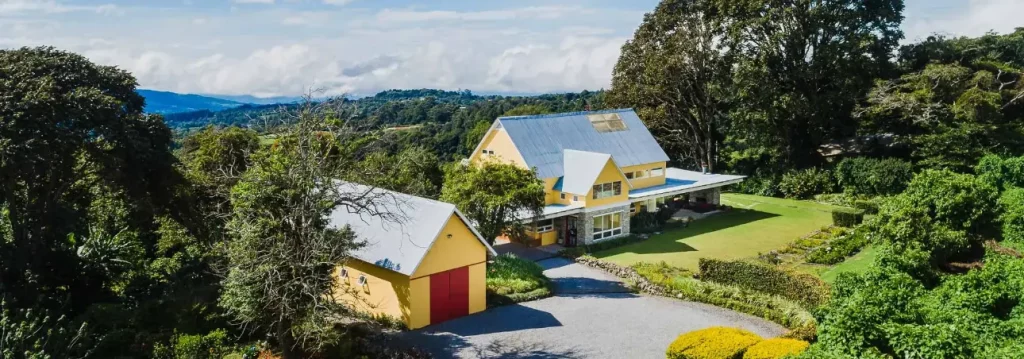The district of Ocú, located in the Herrera province of Panama, is a place that combines the tranquility of rural life with a rich cultural tradition. This district consists of eight townships: Ocú, Cerro Largo, Los Llanos, Llano Grande, Peñas Chatas, El Tijera, Menchaca, and Entradero del Castillo. The local economy is primarily based on agriculture, with crops such as yams, otoe, and cassava, as well as fruits like watermelon and cantaloupe, along with sugarcane. Livestock farming is also a significant activity in the area.
Regarding transportation, Ocú is connected through various routes, including Ocú - Santiago, Ocú - Chitré, and Ocú - Panama, providing passenger and parcel services.
Culture in Ocú is manifested through folk events, with the Festival Nacional del Manito being one of the most prominent, showcasing the customs of Panamanian peasants. Other festivities include the Feria de San Sebastián and a unique carnival featuring three streets: Calle Arriba, Calle Abajo, and Calle Centro.
The attire in Ocú reflects the ethnic diversity of the population, including mestizos, indigenous people, and mulattos. White hats, cutarras, shirts, and pants are common among farmers and ranchers, while grandmothers often wear traditional polleras montunas.
Local cuisine makes wise use of regional produce. Characteristic dishes include rice cooked with seasonal meats or vegetables, breakfast pastries called hojaldres, corn fritters (pastelitos or torrejitas de maíz nuevo) served with coffee or tea, empanadas filled with meat or cheese, carimañolas made from ground cassava, and pesadas, a homemade cream based on seasonal fruits, especially Nancé. Tamales, different from Mexican tamales, feature corn masa and are filled with chicken or meat, often wrapped in plantain leaves.
Ocú is a place where history, tradition, and food merge to offer a unique and authentic experience.



